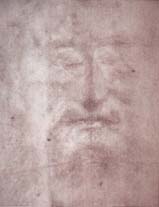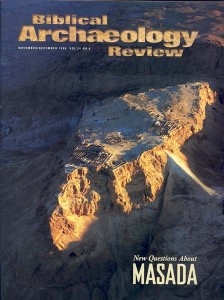The Shroud Painting Explained
Sidebar to: Debunking the Shroud: Made by Human Hands

I beg to differ with the recent statement in BAR (and in Time magazine) that “no one has been able to account for the image” on the Shroud of Turin.
Nearly 20 years ago the Catholic Church invited me to determine chemically what the image is on the Shroud of Turin.
I obtained 32 samples from the shroud: 18 from areas where there are images (both of a body and of bloodstains) and 14 from non-image areas (some from clear areas that served as controls, others from scorch and water stains caused by a fire in 1532). The samples were taken with squares of sticky tape, each of which exceeded a square inch in area and held more than 1,000 linen fibers and any materials attached to the shroud. They were excellent samples. I used standard forensic tests to check for blood. I found none. There is no blood on the shroud.
To determine what substances are present in the shroud images, I conducted tests based on polarized light microscopy. I identified the substance of the body-and-blood images as the paint pigment red ochre, in a collagen tempera medium. The blood image areas consist of another pigment, vermilion, in addition to red ochre and tempera. These paints were in common use during the Middle Ages.
Already a library member? Log in here.
Institution user? Log in with your IP address.

